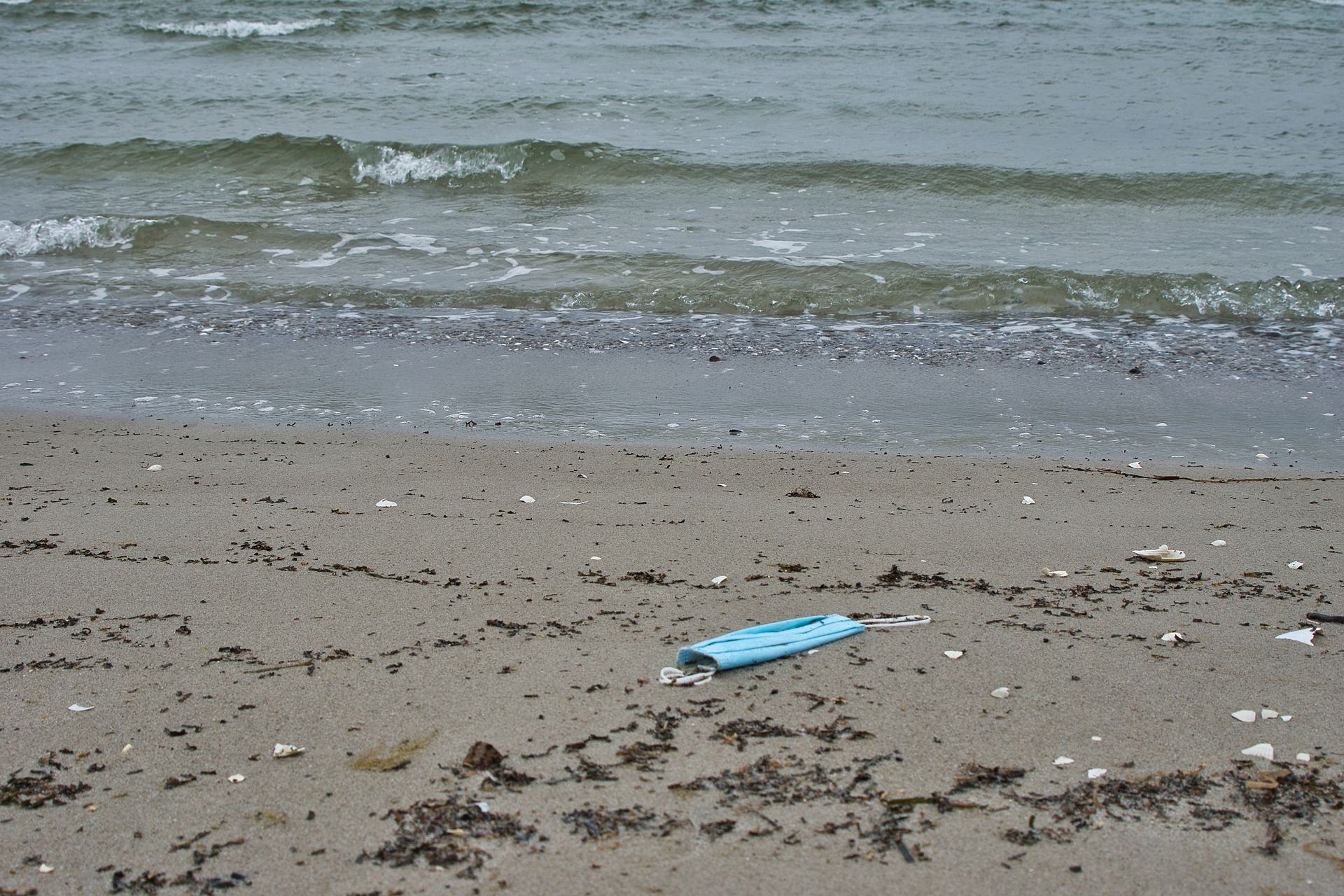The World Health Organization (WHO) called the world to wake up. The results are not lying, as the Covid-19 tally rose to 11,125,245 confirmed cases with a death toll of 528,204. This unusual increase in number triggered organizations to analyze past mishandlings and make future predictions.
Country contribution to halting coronavirus
China
In the mid of June, the Chinese government believes they have been successful in eradicating the coronavirus virus as no cases were present in the hospitals. A new study suggests that a second wave will hit in July. Around 21 cases of Coronavirus within the hospitals have no deaths reported yet.
UAE and Saudi Arabia
On July 5, UAE and Saudi Arabia marked a new abnormal rise in the coronavirus toll after the mid of April. More than 1000 new cases in the UAE and Saudi Arabia show that the expected count rate was quite lower than the results. Saudi Arabia’s policy for restricting pilgrimage and UAE to ban on tourism have limited infected cases from entering both countries.
Chile
Chilean President Sebastian Pinera announced a new $1.5 billion package for the citizens of Chile. “The coronavirus pandemic … is hitting our middle class hard,” Pinera said on July 5. The measures include access to zero-interest loans, subsidized rent, and the ability to defer mortgage loan payments for up to six months, Pinera added in a televised speech on Sunday.
Malawi
Malawi is not under lockdown yet. It reports 1,613 unusual cases on July 4. In response to this president, Lazarus Chakwera restricted the Independence Day celebration on Monday. Only 20,000 guests attended the celebration in the national stadium and others celebrated the day individually in their homes. The President said on Sunday, “Because of this acceleration rate of local transmission and its wide geographical spread, I have decided to cancel the celebration”.
Brazil
On June 4, Brazil surpassed 1.5 million new confirmed cases as cities reopened bars, gyms, and restaurants. As the country suffers from an economic crisis, lockdown is a hard decision for the authorities. Whether to enforce lockdown or not is still questionable for the government.
India and Pakistan
On July 3, India reported 20,903 cases in a single day, raising the country toll to 625,000 confirmed cases with 18,000 deaths. In Pakistan, the number of coronavirus cases exceeds 200,000 after 3,602 new infections of coronavirus on the first weekend of July. PM Imran Khan calls for a smart lockdown to control the spread of Coronavirus within the country.
Australia
The Australian government claimed the biggest one-day upswing in coronavirus on Friday. The state, is now, considering the renovation of its policy against the pandemic. Schools, bars, and markets are to remain closed till mid-July in Australia or until the pandemic resolves.
United States
In the US Donald Trump addressed citizens on March 31 to be prepared for the worst in the upcoming months. “I want every American to be prepared for the hard days that lie ahead,” a grave-faced Donald Trump said in his March 31 afternoon press conference. The virus reached its highest peak in June as per the graphical analysis of WHO. The latest case counts are 5,697,954 in early July which is an unexceptional rise so far.
Spain
The northwestern Galicia region of Spain was under a complete lockdown. The gathering of more than 10 people is under a ban in the division after the coronavirus pandemic.
The misleading results in today’s pandemic
1) The failure of Herd Immunity
Since, health organizations are looking up for a strategy, an attempt to naturally develop ‘Herd Immunity in the highly affected regions of the world. “Enough of us who are going to get mild illness to become immune,” Sir Patrick Vallance, the U.K. government’s chief scientific adviser, told Sky News on March 13.
This approach seems to fail statistically. The United Kingdom has already backed off on herd immunity to beat Covid-19. The MIT technology review suggested that herd immunity is not an option. WHO too analyzed new data and suggested that this scientific concept does not seem to be practically useful in the US and UK.
2) The Failure of the Vaccines
In February, the Oxford Vaccine Group under the University of Oxford launched the Oxford COVID Vaccine. The vaccine was tested on COVID-infected rhesus macaque monkeys in the early month of March. Unfortunately, the monkeys showed no positive change and the vaccine completely failed in his progress.
“There was no difference in the amount of viral RNA detected from this site in the vaccinated monkeys as compared to the unvaccinated animals. Which is to say, all vaccinated animals are infected”, Dr. Heseltine cleared in an article on Forbes. Phase 2 in the trial of the vaccine started on June 23rd in Brazil. Now the test on humans has yet to show results. Moreover, Moderna’s Covid-19 vaccines are on their way to the trials. The organizations seem to be hopeful about them.
A new upcoming Steroid Drug can be a breakthrough in the coronavirus pandemic, claimed scientists. The official trial results were announced on June 16. The report claimed positivity in the trials.
Martin Landray, an Oxford University professor co-leading the steroid trial said “This is a (trial) result that shows that if patients who have COVID-19 and are on ventilators or are on oxygen are given dexamethasone, it will save lives, and it will do so at a remarkably low cost,” said Martin Landray, an Oxford University professor co-leading the trial.
3) Asia’s weakest point in Coronavirus outbreak
Asia holds 25% of the global population. The third world countries like Pakistan, India, and Indonesia do not have the required testing capacities for the virus outbreak. Many kits and data are misplacing or misleading the patients who are in doubt of contracting coronavirus, Dr. Zaffer Mirza addressed in the press conference on 28 June.
Low testing rates in Pakistan, India, and Indonesia are leaving the authorities blindfolded about the extent of coronavirus transmission in their countries, the World Health Organization warned on Friday.
“Without testing, it’s like moving blindfolded,” said Tedros Adhanom Ghebreyesus, the director-general of WHO during a briefing on the coronavirus pandemic.
The underdeveloped countries are subject to a major economic and health-related threat due to the limited resources and capacity to cope with the pandemic situation. Analysts and experts warn that an outbreak in these countries might go undetected. This will result in the most dangerous situation for the countries and for the generations to come.



 Featured1 year ago
Featured1 year ago


 Featured2 years ago
Featured2 years ago


 Featured1 year ago
Featured1 year ago


 Featured3 years ago
Featured3 years ago


 Featured4 years ago
Featured4 years ago


 Featured2 years ago
Featured2 years ago


 Featured1 year ago
Featured1 year ago


 Featured2 years ago
Featured2 years ago














